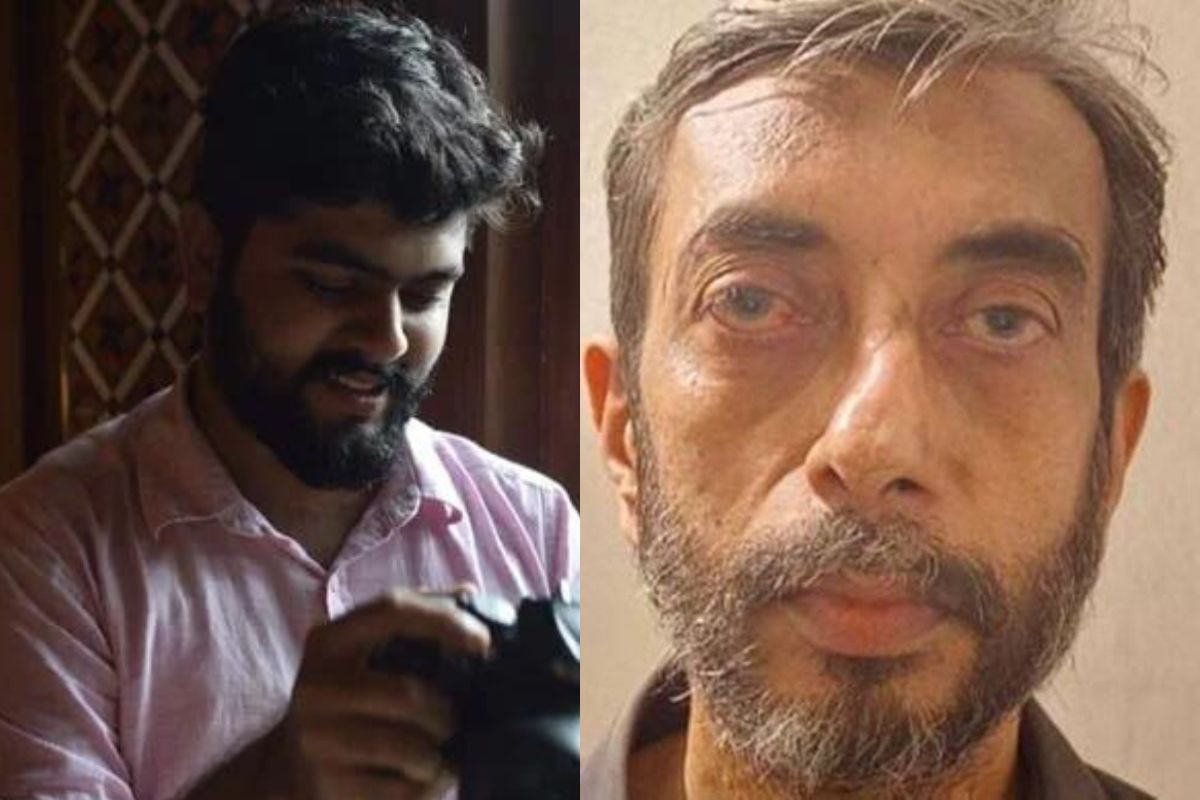Aaftab Poonawala withdraws his bail plea applied ‘erroneously’ at Delhi Saket Court
On December 17, Aaftab had said that he signed the 'vakalatnama' but did not know about filing a bail application.
It delves into their underlying motives and sheds light on the disturbing aspects of their mental states.

The striking similarity between the mindsets of Aaftab Poonawala and Manoj Sane, the perpetrators in the Shraddha Walker and Saraswati Vaidya murder cases respectively, extends beyond the gruesome nature of their crimes. It delves into their underlying motives and sheds light on the disturbing aspects of their mental states.
In both cases, the motive appears to revolve around control and a twisted sense of power. Aaftab Poonawala’s actions indicate a desire to exert dominance over Shraddha Walker, his live-in partner, as evidenced by the history of violence in their relationship. This control escalated to the point where he took her life and dismembered her body, essentially exerting complete authority over her even in death. Similarly, Manoj Sane’s motive behind the murder of Saraswati Vaidya seems to stem from a desire for control and possession. Their live-in relationship, spanning a decade, suggests an intimate connection that took a dark turn. By cutting her body into pieces and cooking them, Sane sought to erase any trace of her existence, exerting power and control over her even in death.
Advertisement
The acts committed by both individuals reflect a deep-seated disregard for the sanctity of human life. Their ability to inflict such extreme violence and mutilate the bodies of their partners reveals a profound lack of empathy and a detachment from the most basic moral values. These actions point to a disturbed mindset, where the perpetrators view their victims as mere objects to be manipulated and disposed of at their whim.
Advertisement
Furthermore, there are underlying psychological factors at play in both cases. The willingness to go to extreme lengths to carry out and conceal their crimes suggests a level of premeditation and a lack of remorse. It indicates a disconnect from societal norms and a distorted perception of right and wrong. These individuals demonstrate a chilling ability to compartmentalize their actions and detach themselves from the emotional consequences, showcasing a disturbed mental state.
In both cases, the patterns of behavior and the calculated nature of their crimes point to deeper psychological issues. The desire for control, the escalation of violence, and the methodical disposal of the victims’ bodies indicate a complex psychological makeup. These individuals may exhibit traits such as narcissism, psychopathy, or a combination of various personality disorders that contribute to their ability to commit such heinous acts.
Moreover, both Poonawala and Sane display a chilling ability to detach themselves from the consequences of their actions. Their calculated approach to carrying out the crimes and their subsequent attempts to conceal the evidence reveals a disturbing lack of remorse or empathy. It highlights their capacity to dissociate from the emotional impact of their deeds, further emphasizing the disturbed nature of their mindsets.
Advertisement